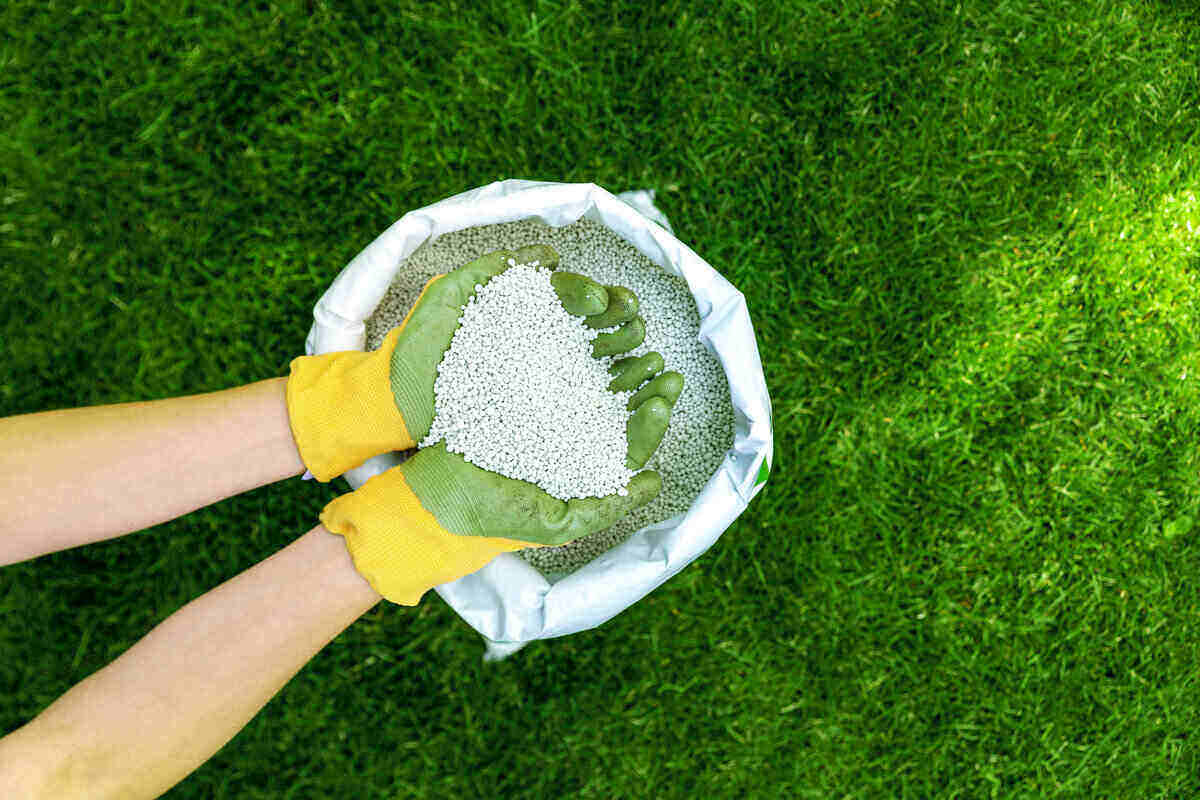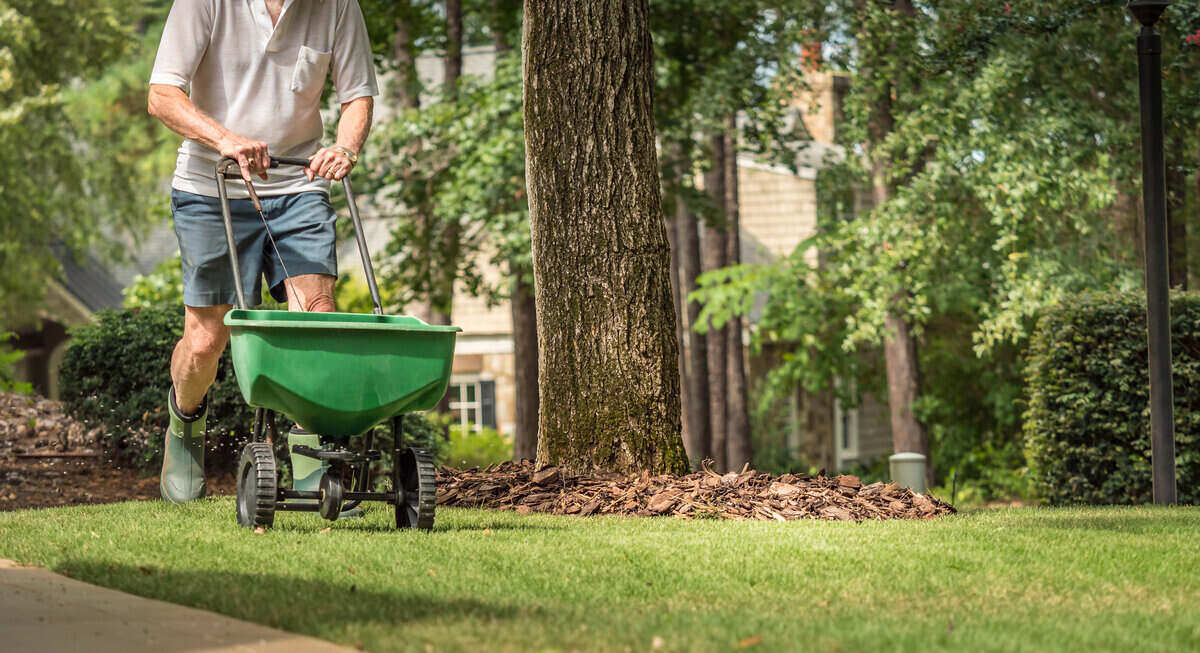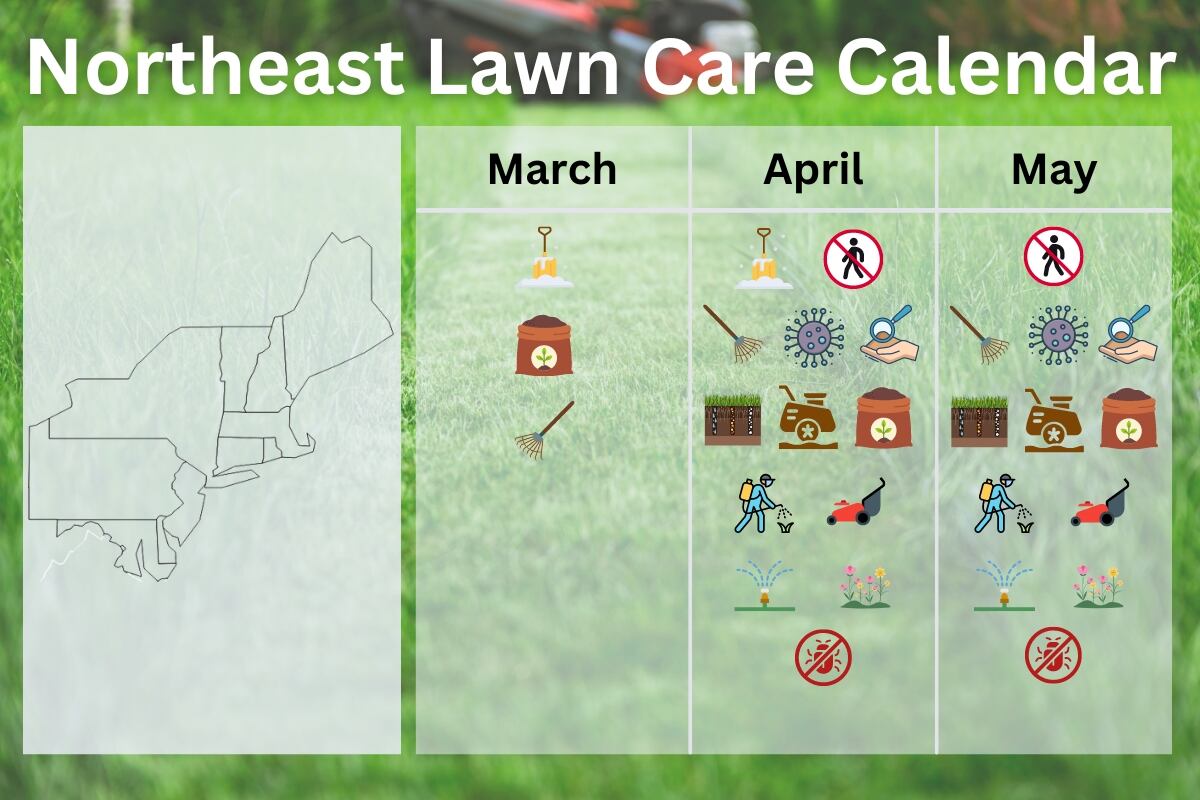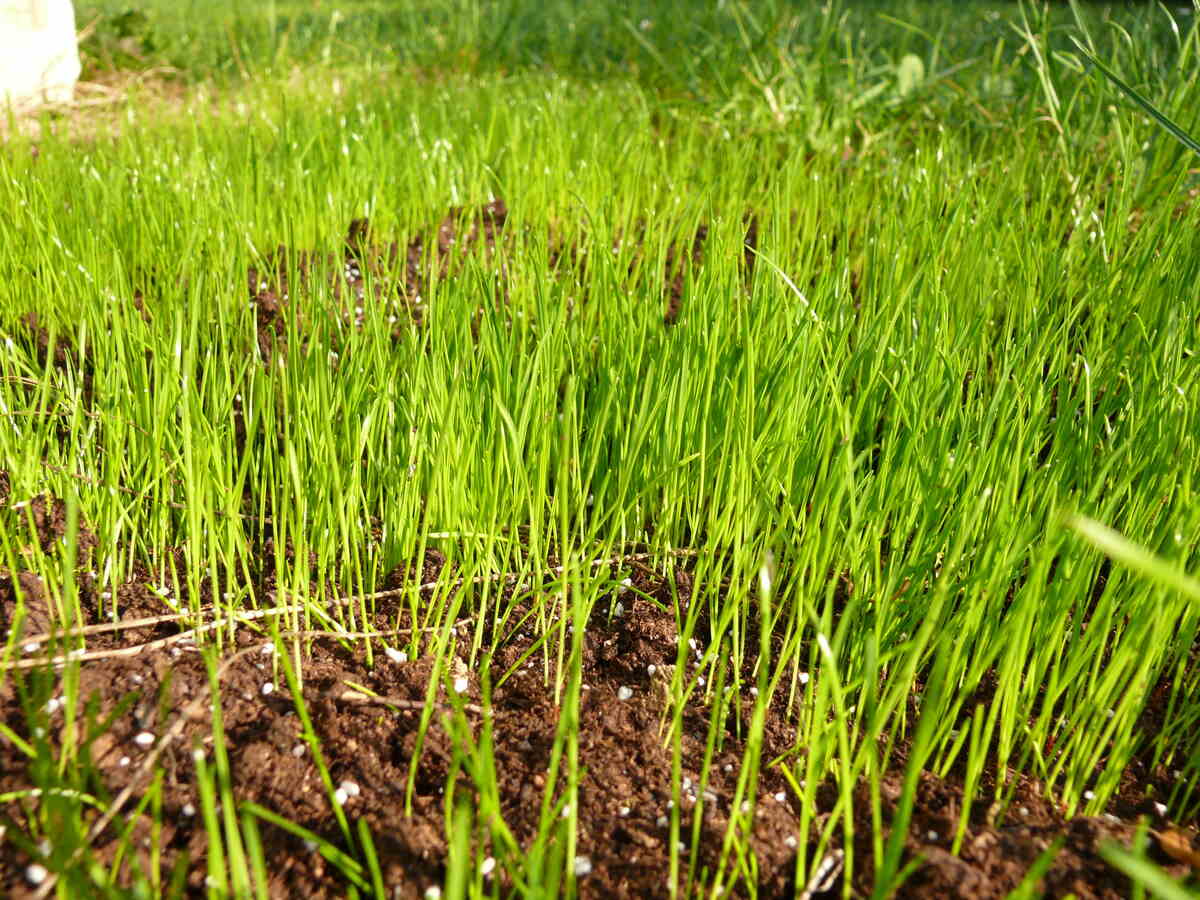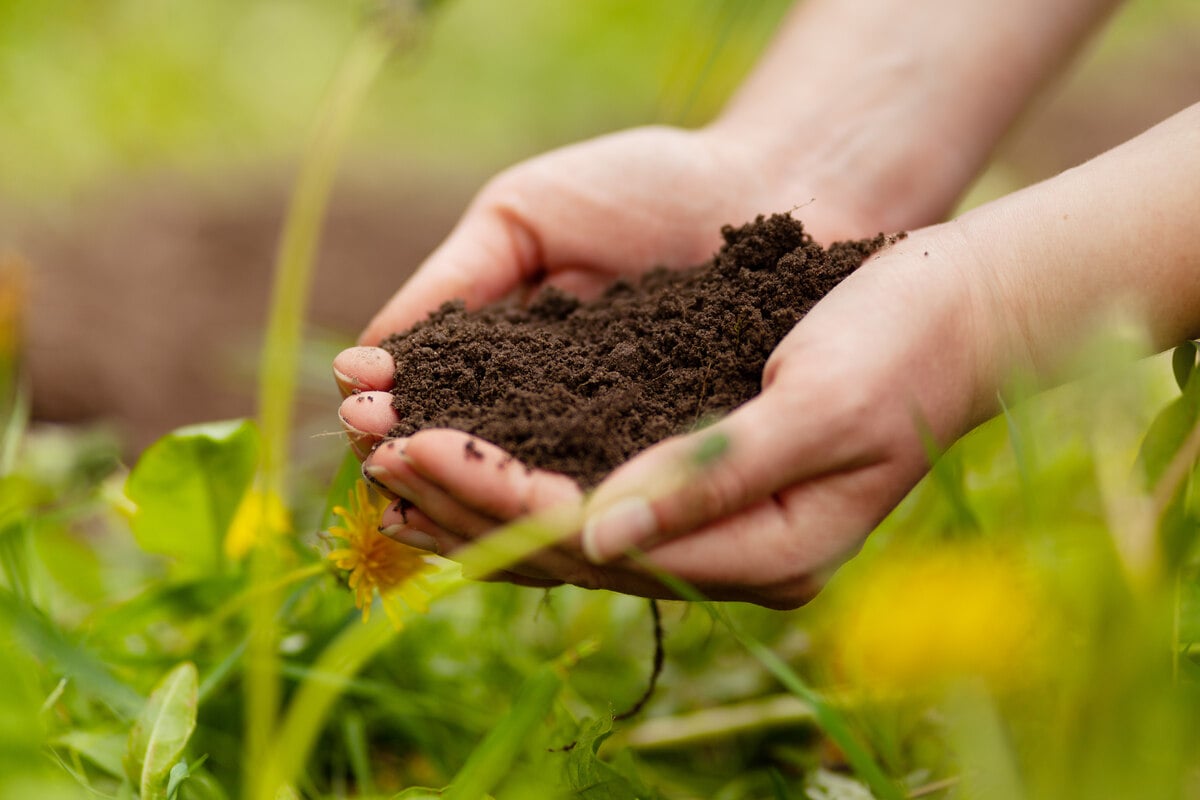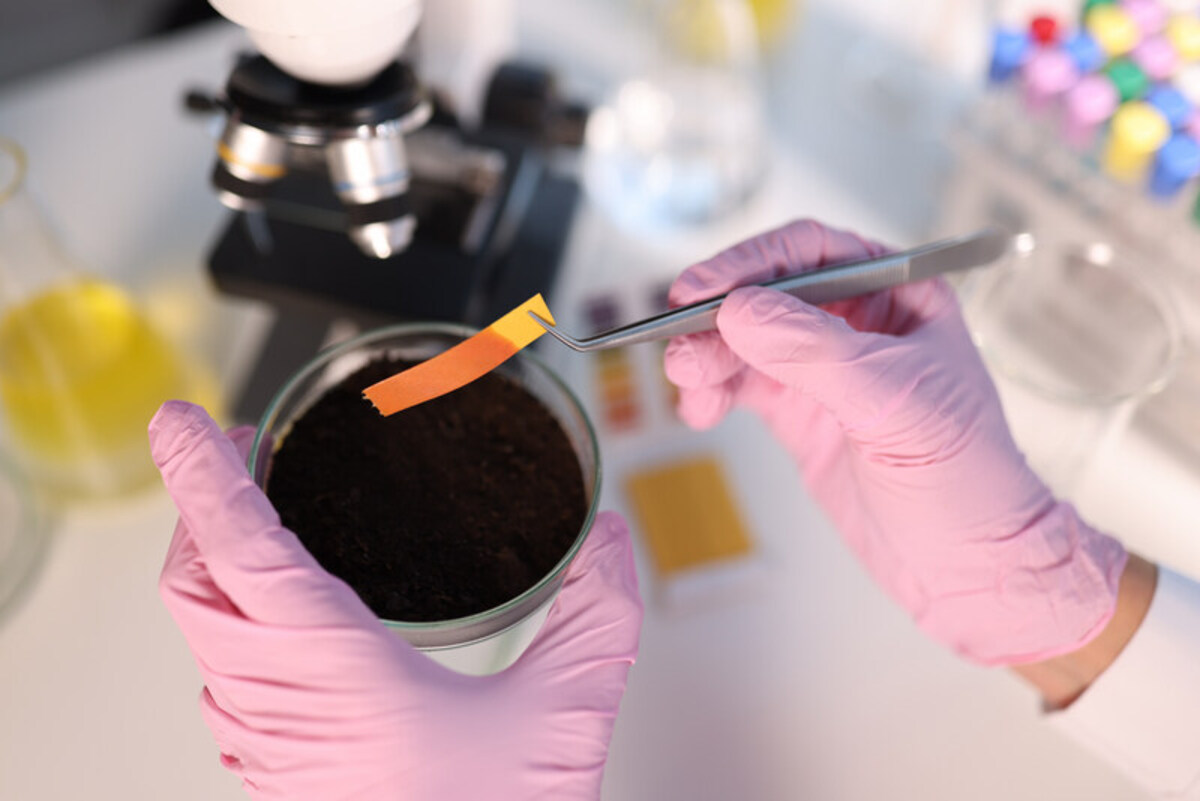
The best time to test your lawn’s soil pH is spring or early fall before you amend the soil. Let’s discuss when to test the soil pH of your lawn and how often to do it.
The Best Time to Test for Soil pH
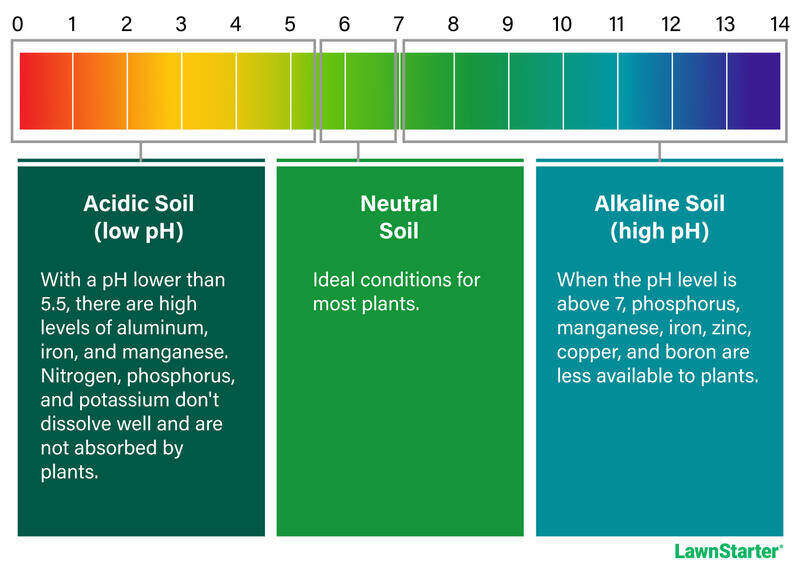
The best time to test your lawn’s soil’s pH level is spring or early fall before you’ve added compost, fertilizer, or soil amendments. This way, you get a clear picture of what your soil is actually like — deficiencies and all. Then, you’ll be able to buy the amendments you need and amend the soil before the growing season.
However, it’s possible to soil test your lawn at any point in the year as long as your soil conditions are right. In this case, the soil should be dry and not frozen. Moist soil can give you inaccurate results.
Does this mean I can’t test in late fall or winter? You can still test during these times. In fact, experts from the Louisiana State University AgCenter recommend late fall or early winter soil testing for faster results and an idea of how your lawn did during the past growing season. You also can amend the soil well before the next growing season by testing during these times.
Just make sure to thoroughly air dry your soil before shipping it off or using it in an at-home soil testing kit. If it’s frozen, let it melt and then air dry.
Pro Tip: Send in your soil sample early in the season so you have enough time for the results to come back before amending. Ask your local Cooperative Extension office for exact turnaround times, but these generally vary from three days to six weeks.
See Related:
How Often to Test Your Lawn’s Soil pH
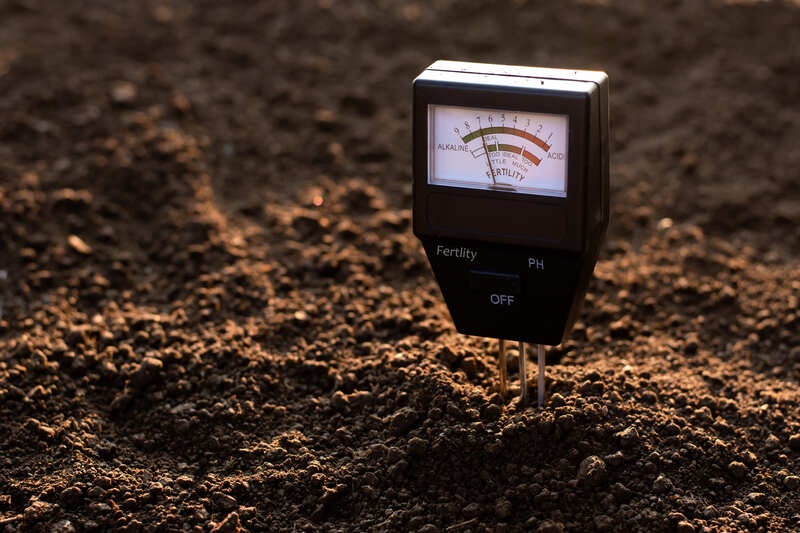
You should test your lawn’s soil pH every three to five years if you have a healthy lawn. Checking every few years lets you know if there are any soil issues brewing.
It’s a different story if you amended your soil with agricultural lime or elemental sulfur. Test your soil yearly if you’ve amended your lawn to track the pH changes, as they tend to take effect very slowly. For example, it could take a year or more to see the results of a lime application. This way, you’ll know if you need more amendments or if you’ve added too much.
Always consider a soil test if your lawn is struggling. You can test your soil any time as long as it’s not frozen, so you don’t have to wait until spring or fall to test. Soil pH issues and nutrient deficiencies in the soil can cause a slew of turf issues, including poor growth and yellow grass. You can read more about these issues in these articles:
FAQs About Testing the Soil pH of Your Lawn
Here are some reasons why you should test your lawn’s soil pH:
• Check if your lawn’s pH levels are balanced
• Rule out soil pH issues causing poor lawn growth
• Track soil pH and nutrient changes
Thef exact process will depend on whether you’re sending your soil samples to a professional lab or using an at-home soil testing kit. However, you will need to get clean soil samples for either method. You can read a more detailed guide in our article: How to Test the Soil pH of Your Lawn.
A good pH level for lawns is slightly acidic to neutral, between 6.0 to 7.0. Some grasses can handle more acidic soil (a 5.0 pH at the lowest) than others, such as:
• Bahiagrass
• Centipedegrass
• Perennial ryegrass (can also handle more alkaline soils)
• Tall fescue
• Bentgrasses
Hire a Lawn Care Professional for a Lush Lawn
A soil pH imbalance is only one cause for an unhealthy, lackluster lawn. If you’d like to make your lawn vibrant again, you might want to hire an extra set of hands to help. LawnStarter can connect you with a local lawn care pro who can mow your lawn, remove leaves, and apply lawn treatments. Hire a pro near you for a lush lawn today.
Main Image Credit: H_Ko / Adobe Stock Free / License
